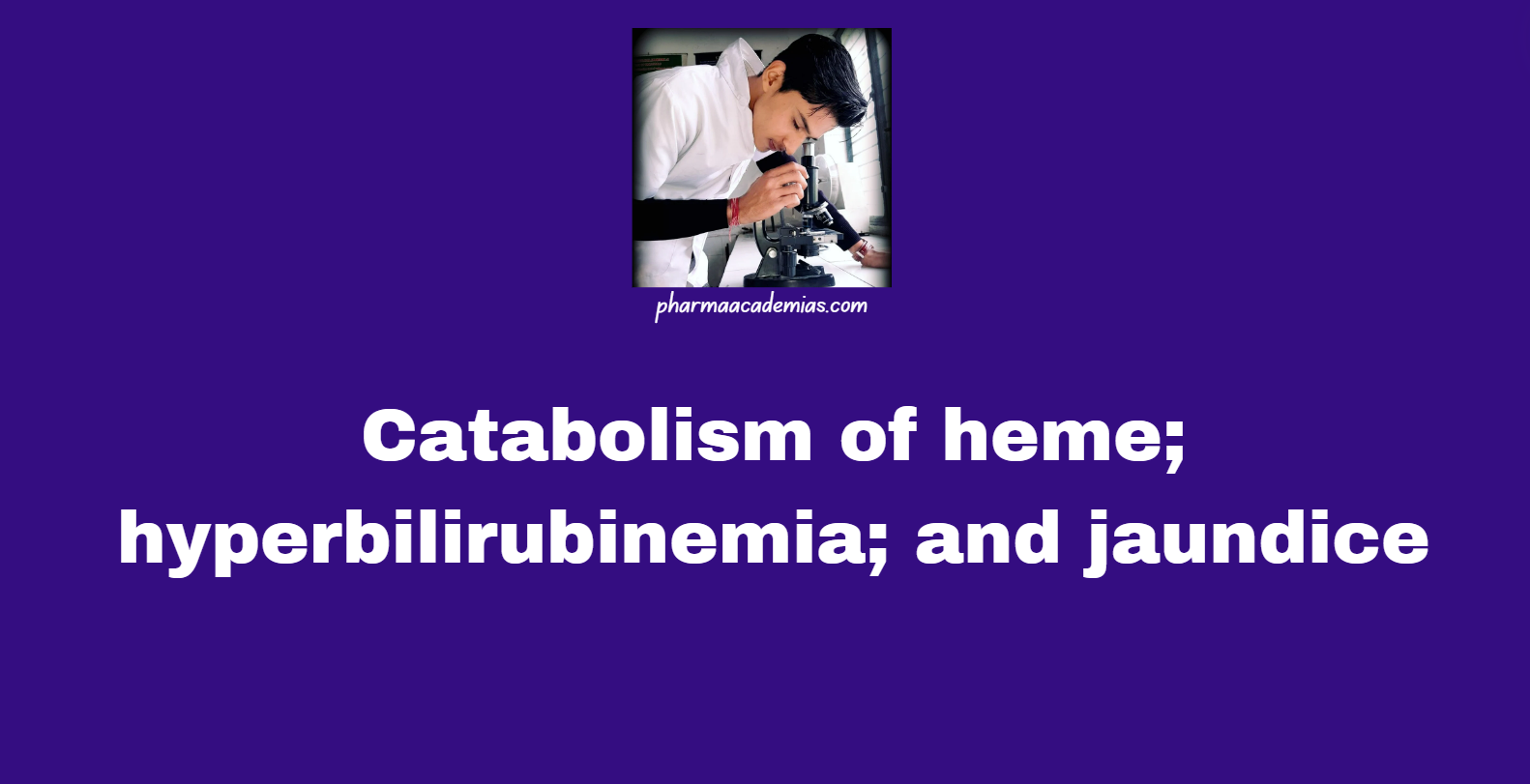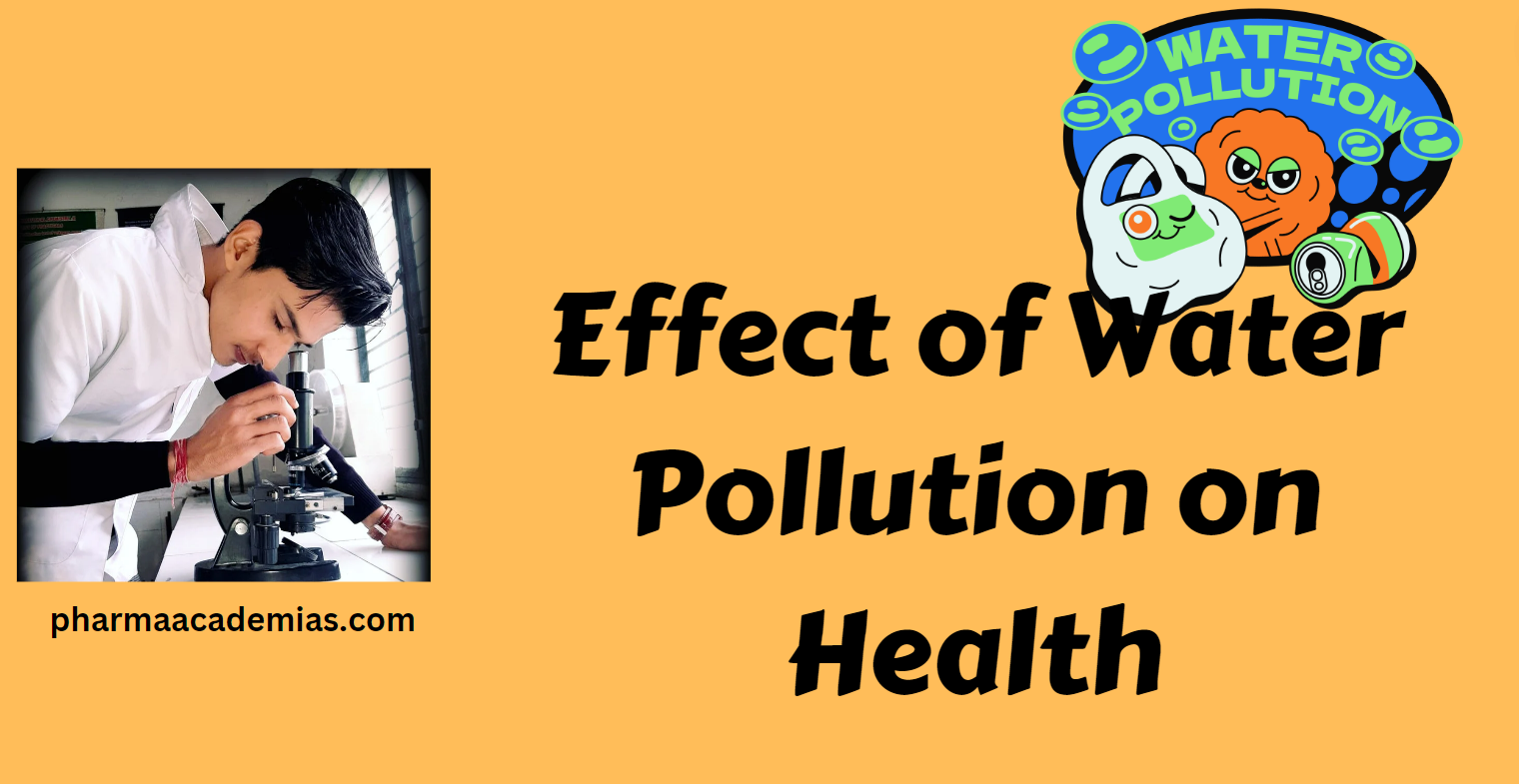Jaundice: Definition, Pathophysiology, Types, Diagnosis and Treatment
Jaundice is a condition characterized by the yellowing of the skin, mucous membranes, and sclera (the whites of the eyes) due to an elevated level of bilirubin in the blood, a condition called hyperbilirubinemia. Bilirubin is a yellow pigment formed during the breakdown of red blood cells (RBCs) and is normally processed by the liver … Read more



